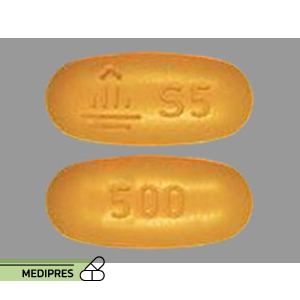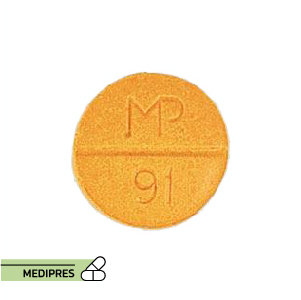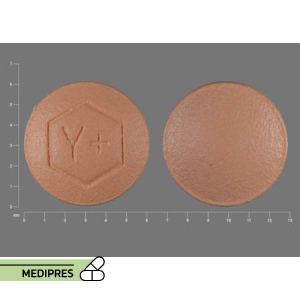
Sulfasalazine
23 June, 2023
Tacrolimus
23 June, 2023Synjardy
**Generic name:**
Empagliflozin and metformin hydrochloride
**Drug class:**
SGLT2 inhibitor (empagliflozin) + biguanide (metformin)
**Dosage form:**
– Oral tablets: 5 mg/500 mg, 12.5 mg/500 mg, 5 mg/1000 mg, 12.5 mg/1000 mg, 10 mg/850 mg, 25 mg/1000 mg
**Root of administration:**
Oral
**Dose:**
– Typical starting dose: empagliflozin 5 mg/metformin 500 mg twice daily with meals
– Titration: increase to empagliflozin 10–25 mg/metformin 1000 mg twice daily or equivalent total daily dose
– Maximum daily dose: empagliflozin 25 mg and metformin 2000 mg
– Dose adjustment recommended for renal impairment and elderly
**Mechanism of action:**
Empagliflozin selectively inhibits sodium-glucose cotransporter 2 in the renal proximal tubules, reducing glucose reabsorption and increasing urinary glucose excretion. Metformin decreases hepatic gluconeogenesis, enhances peripheral glucose uptake, and improves insulin sensitivity.
**Drug usage cases:**
– Treatment of type 2 diabetes mellitus to improve glycemic control
– Reduction of cardiovascular mortality in adults with type 2 diabetes and established cardiovascular disease
– Off-label: adjunctive management in polycystic ovary syndrome for insulin resistance
**Drug contra indications:**
– Hypersensitivity to empagliflozin, metformin, or any component of the formulation
– Acute or chronic metabolic acidosis, including diabetic ketoacidosis
– Severe renal impairment (eGFR < 30 mL/min/1.73 m²) or end-stage renal disease
– Acute or chronic disease that may cause tissue hypoxia (e.g., cardiac or respiratory failure, recent myocardial infarction)
– Hepatic impairment or acute alcohol intoxication
– Use of intravenous iodinated contrast agents in patients with eGFR < 60 mL/min/1.73 m² (hold metformin temporarily)
– Type 1 diabetes mellitus
**Side effects:**
– Genital mycotic infections (vulvovaginal candidiasis, balanitis)
– Urinary tract infections
– Hypoglycemia (when used with insulin or insulin secretagogues)
– Gastrointestinal disturbances: diarrhea, nausea, vomiting, abdominal discomfort, flatulence
– Lactic acidosis
– Dehydration, hypotension, dizziness
– Increased thirst, polyuria
– Weight loss
– Electrolyte imbalances (e.g., increased phosphate)
– Euglycemic diabetic ketoacidosis
– Necrotizing fasciitis of the perineum (Fournier’s gangrene)
– Hypersensitivity reactions (rash, pruritus)
**Warnings:**
– Risk of lactic acidosis: monitor renal function, avoid in conditions predisposing to hypoxia or dehydration
– Volume depletion and hypotension: monitor blood pressure and fluid status, especially in elderly or on diuretics
– Risk of diabetic ketoacidosis even with near-normal glucose levels; monitor for nausea, vomiting, malaise
– Genital infections: counsel on genital hygiene and early recognition of symptoms
– Acute kidney injury: assess renal function periodically and discontinue if eGFR falls below recommended thresholds
– Monitor lipid profile; slight increases in LDL cholesterol may occur
– Use in patients with risk factors for Fournier’s gangrene: educate on signs and symptoms
**Use during pregnancy or breastfeeding:**
– Empagliflozin: no adequate human data; animal studies show potential renal and skeletal effects; use only if benefit justifies risk
– Metformin: crosses placenta; associated with low risk in pregnancy but long-term follow-up data limited; may be continued if glycemic control benefit outweighs risks
– Breastfeeding: empagliflozin and metformin are excreted in breast milk; safety in infants not established; consider alternative antidiabetic therapy or discontinue drug/breastfeeding based on clinical need



